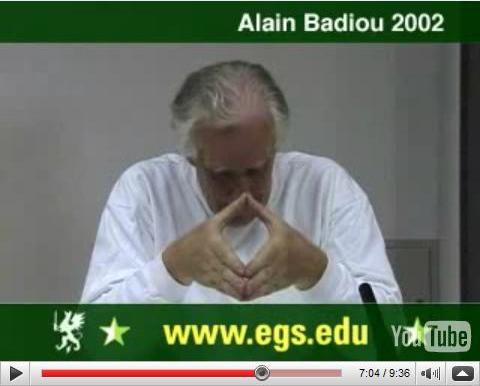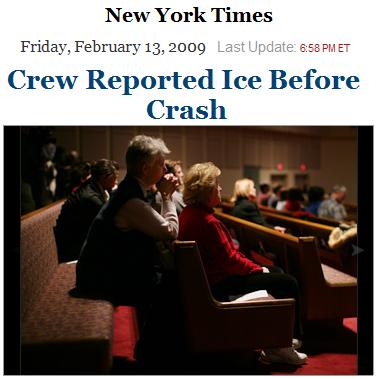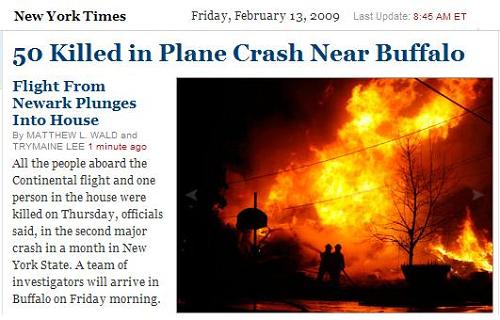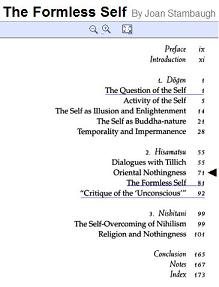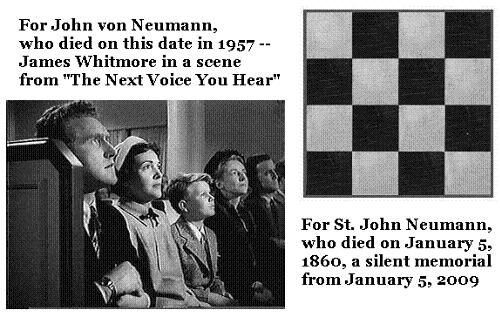and Narrative
continued
Narrative:
xxx
Mathematics:
"It must be remarked that these 8 heptads are the key to an elegant proof…."
— Philippe Cara, "RWPRI Geometries for the Alternating Group A8," in Finite Geometries: Proceedings of the Fourth Isle of Thorns Conference, (July 2000), Springer, 2001, ed. Aart Blokhuis, James W. P. Hirschfeld, Dieter Jungnickel, and Joseph A. Thas, pp. 61-97
"Regular graphs are considered, whose automorphism groups are permutation representations P of the orthogonal groups in various dimensions over GF(2). Vertices and adjacencies are defined by quadratic forms, and after graphical displays of the trivial isomorphisms between the symmetric groups S2, S3, S5, S6 and corresponding orthogonal groups, a 28-vertex graph is constructed that displays the isomorphism between S8 and O6 + (2)."
— J. Sutherland Frame in "Orthogonal Groups over GF(2) and Related Graphs," Springer Lecture Notes in Mathematics vol. 642, Theory and Applications of Graphs (Proceedings, Michigan, May 11–15, 1976), edited by Y. Alavi and D. R. Lick, pp. 174-185
"One has O+(6) ≅ S8, the symmetric group of order 8!…."
— "Siegel Modular Forms and Finite Symplectic Groups," by Francesco Dalla Piazza and Bert van Geemen, May 5, 2008, preprint. This paper gives some context in superstring theory for the following work of Frame:
[F1] J.S. Frame, The classes and representations of the group of 27 lines and 28 bitangents, Annali
di Mathematica Pura ed Applicata, 32 (1951) 83–119.
[F2] J.S. Frame, Some characters of orthogonal groups over the field of two elements, In: Proc. of the
Second Inter. Conf. on the Theory of Groups, Lecture Notes in Math., Vol. 372, pp. 298–314,
Springer, 1974.
[F3] J. S. Frame, Degree polynomials for the orthogonal groups over GF(2), C. R. Math. Rep. Acad.
Sci. Canada 2 (1980) 253–258.

